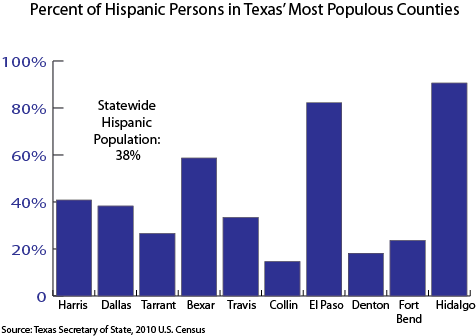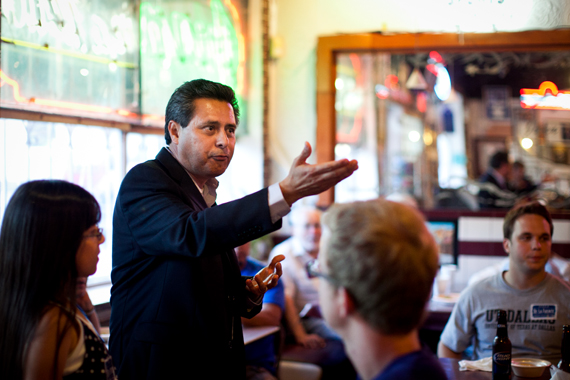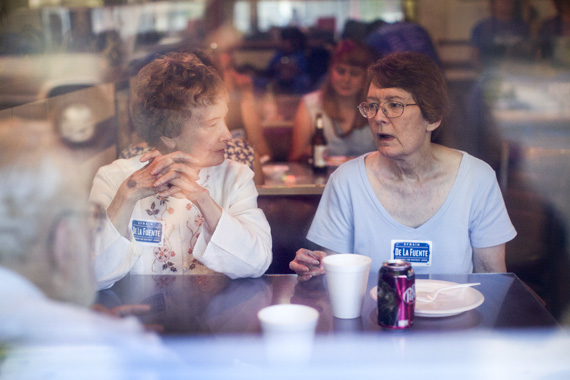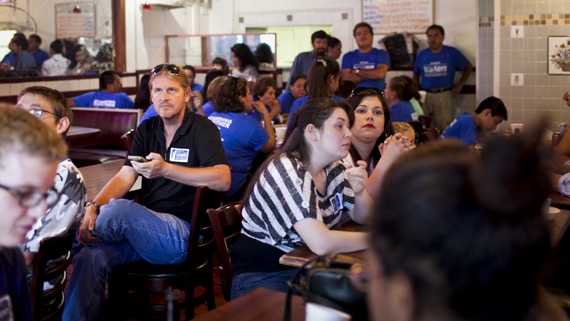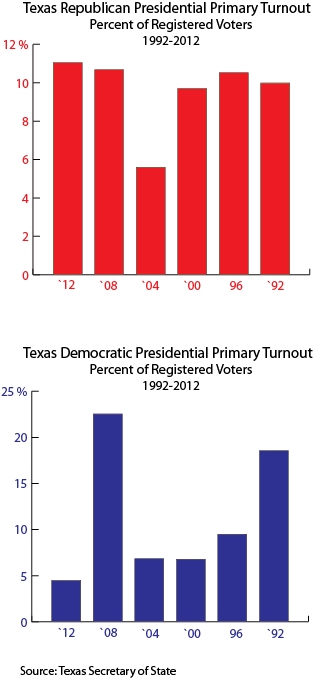All signs suggest a momentary trough in the #VoterID frenzy of the last few days.
The U.S. District Court in Washington, D.C., is concluding a hearing on the Texas photo voter ID law. The decision by the three-judge panel is sure to send anger and/or gloating on both sides of the partisan divide through the roof. For today the digital conversation is focused elsewhere.
Vice President Joe Biden’s decidedly politicized speech at the annual NAACP conference in Houston this morning brought up the Obama Administration’s stance on ballot access and voting rights.
The weekend likely will be busy for commentators and opinion pages weighing in on the voting rights debate; Monday will be a big news day.
What We’ve Been Reading
“New court filings: SC would proceed with voter ID for election,” (Renee Dudley, 07/12, S.C. Post and Courier)
“Overheated Rhetoric from VP Biden and Others on Voter ID,” (Michael Collins, 07/12, Republican National Lawyers Association)
“The GOP’s make-believe voter fraud epidemic,” (Dana Liebelson, 07/12, The Week)
“Mitt’s real insult to the NAACP,” (Joan Walsh, 07/12, Salon)
“Texas’ Road to Victory in Its Decades-Long Fight Against Voting Rights,” (Brentin Mock, 07/12, The Nation)
“Biden Defends Health Care Reform and Decries Voter ID Laws,” (Rebecca Berg, 07/12, New York Times)
Twitter Trends
An explosive story from Charleston, S.C., today suggested the state will rush implementation of its photo voter ID law if approved by a three-judge federal court in September.
The story shows South Carolina’s continued insistence on the acceptability of its law, which was denied twice by the U.S. Department of Justice’s Civil Right Division under Section 5 of the Voting Rights Act.
Most Twitter commentary today in our key search areas is focused on the apparent hypocrisy of Vice President Biden and Attorney General Eric Holder speaking out against photo voter ID at an event where to comply with the Secret Service, photo ID was required for entry.
Texas is still making minor waves, as is Pennsylvania. Yet, the only time the twitchy, knee-jerk denizens of Twitter discuss voting rights and voter ID in sustained fashion is during an election, wherever that election may be. August congressional primaries could see a revival in some swing states.
We’ll keep you posted on that front, but be sure to follow @LinsdeyRuta and @AnneliseRussell for the latest updates from the Texas voter ID trial. And as always, follow us @WhoCanVote.

